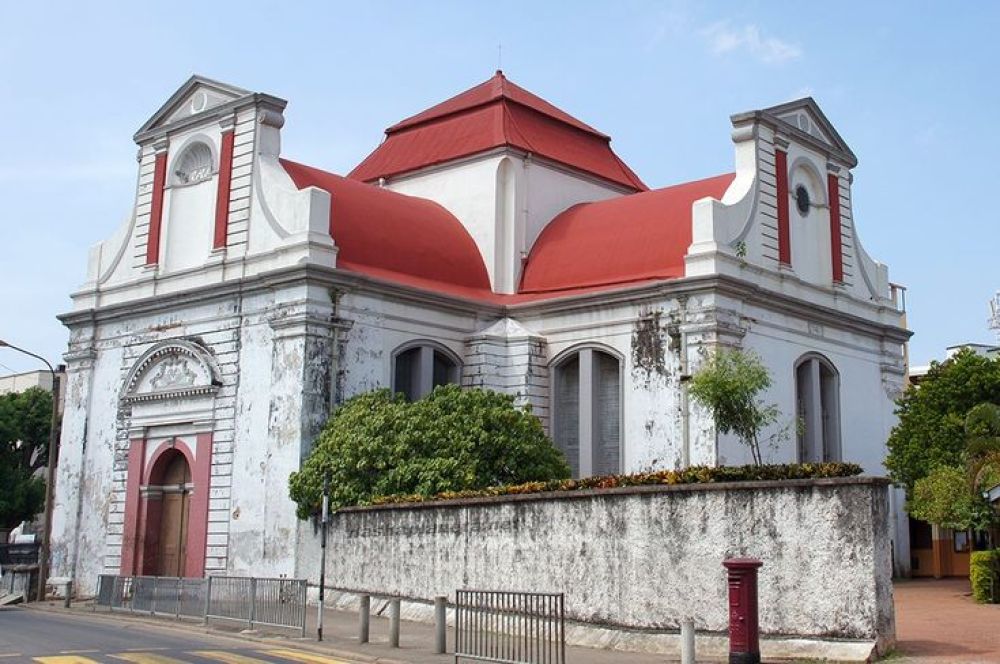

The Wolvendaal Church is one of the most significant remnants of Dutch colonial rule in Sri Lanka and stands as an emblematic site for religious and historical tourism in Colombo.
Constructed in 1749 by the Dutch East India Company, the Wolvendaal Church has been a spiritual and architectural beacon in Colombo for over two and a half centuries. Its name, derived from the Dutch words "wolven daal," which translates to "Dale of Wolves," indicates the area's wild nature at the time of its construction.
The church is famed for its unique Doric-style architecture, which includes walls that are over five feet thick, designed to withstand the test of time. The interior features an array of Dutch furniture, with the pulpit, baptismal font, and the church organ standing out as testaments to 18th-century craftsmanship.
As a testament to the historical allure of the church, tourists from all around the world visit the church to marvel at its architectural grandeur and delve into the history of the Dutch colonial era in Sri Lanka. The ancient tombstones embedded into the church's floor, dating back to the Dutch colonial period, also serve as a profound attraction for history enthusiasts.
The Sri Lankan government and various heritage organizations have put great effort into preserving the Wolvendaal Church. It is now a protected monument under the Archaeological Department of Sri Lanka, ensuring that its cultural legacy is maintained for future generations and tourists alike.
In recent years, there has been a trend towards responsible and sustainable tourism, with visitors increasingly seeking authentic and cultural experiences. The Wolvendaal Church addresses this demand by providing guided tours that give insightful narratives about its history and architectural significance. Moreover, events such as classical music concerts held within the church premises provide visitors with a harmonious blend of culture and history.
Visitors to the Wolvendaal Church are often struck by the serene atmosphere and the sense of stepping back in time. The opportunity to engage with the local community and experience traditional religious services adds to the immersive cultural experience. Additionally, as part of the larger appeal of Colombo, the church is often included in city tours that highlight the rich colonial past of the Sri Lankan capital.
The Wolvendaal Church remains a pivotal site for both local and international visitors, showcasing the intricate blend of Sri Lanka's colonial history and religious heritage. The conservation efforts and the emerging sustainable tourism practices ensure that this historical landmark will continue to be an important attraction in Sri Lanka's tourism landscape.